Proper Tree & Shrub Planting Depth

The most common mistake inexperienced gardeners make occurs when they are planting. What they fail to realize is the importance of proper planting depth. Planting depth refers to how deep the plant has been sunk into the soil.
New gardeners very often will do a great job preparing the soil with bone meal, peat moss, and other additives necessary to insure growth and survival. The mistake occurs at the final stage of the planting process. If you are planting a tree, for instance, you will dig a hole about 1 1/2 times as deep as the height of the root ball on the tree you are planting. At the bottom of this hole you will mix peat moss and the original soil together in a 50/50 ratio.
 For an average size tree or shrub you will mix about a cup of bone meal with the peat moss/soil blend at the bottom of your hole. So far everything is being done properly. Your soil blend at the bottom of the hole is very loose because you have been mixing it. This soil should now be compressed before you place the tree into the hole. This can be done by tamping or watering heavily. Once the soil at the bottom of the hole is compressed, place the tree into the hole the check for PROPER PLANTING DEPTH.
For an average size tree or shrub you will mix about a cup of bone meal with the peat moss/soil blend at the bottom of your hole. So far everything is being done properly. Your soil blend at the bottom of the hole is very loose because you have been mixing it. This soil should now be compressed before you place the tree into the hole. This can be done by tamping or watering heavily. Once the soil at the bottom of the hole is compressed, place the tree into the hole the check for PROPER PLANTING DEPTH.
When the tree is placed into the hole, the level of the soil on the trunk of the tree should match EXACTLY the level of the soil you are planting into. In other words, the tree’s trunk should NOT be sunk below the soil level of the surrounding area. Add soil to the bottom of the hole, if necessary, to bring the crown (the crown is the dividing line on the plant between what is above the soil and the part below the soil) up to the PROPER PLANTING DEPTH.
Once this is done, finish planting by filling in the rest of the hole around the sides of the root ball. The top 1/4 of the hole should be filled in with the original soil with NO peat moss added. We use peat moss to improve the soil’s ability to retain moisture. This is important below the tree to provide needed moisture and lure the root system down. Peat moss exposed to the dry air on the surface will dry out and then act like a wick, drawing moisture from the soil below. This is the point at which inexperienced gardeners often make THE BIG MISTAKE.
Since you have dug a hole and put something into it, there is dirt left over. What should we do with it? At this point, many will opt to get rid of it by piling it up around the stem of the plant. DO NOT DO THIS. It has the same effect as burying the stem too deeply. If the stem above the crown is covered with soil, it stops the plants ability to draw moisture and nutrients from the root system to the branches and leaves above. This extra soil should be used to make a little dike or berm around the tree away from the stem. This will collect water and direct it down over the root system below.
The importance of maintaining proper planting depth relates to all planting and transplanting situations. There are rare exceptions to this rule (i.e. tomatoes) but 99% of the time it is a rule that must be obeyed. From marigolds to maple trees, proper planting depth is necessary. Even a heavy mulch piled against the trunk or stem of a plant will cause poor growth or death of the plant. REMEMBER: Roots are roots, and bark is bark. Roots must go below the soil and bark or the stem MUST be above the soil for success.
DON’T BE FOOLED BY BURLAP!!! Often, burlap is wrapped up around the trunk. If buried to this level, the plant is in too deep. Unwrap the burlap to view the true soil level on the trunk.
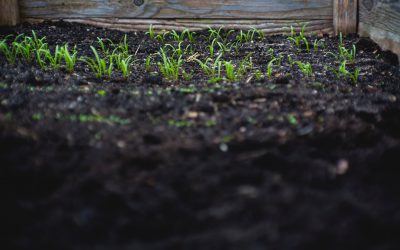
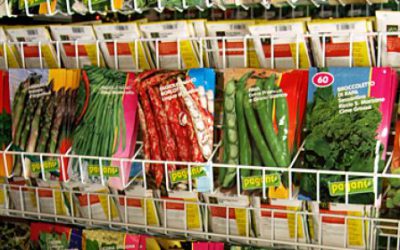
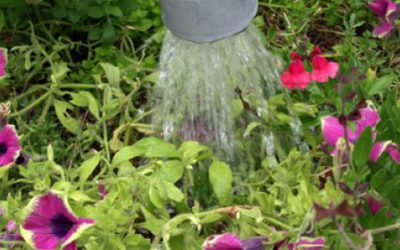
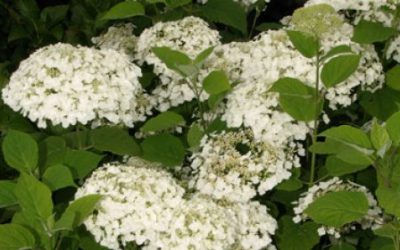
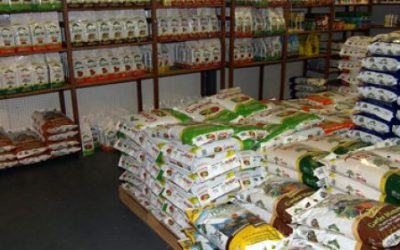
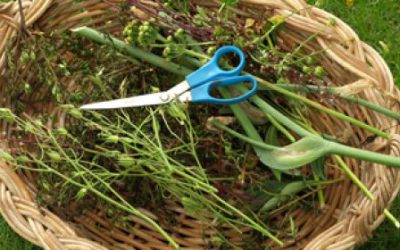
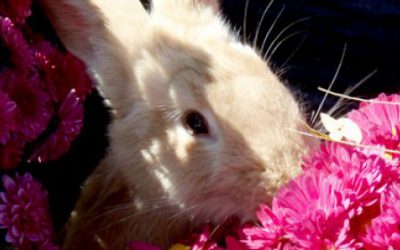
Recent Comments